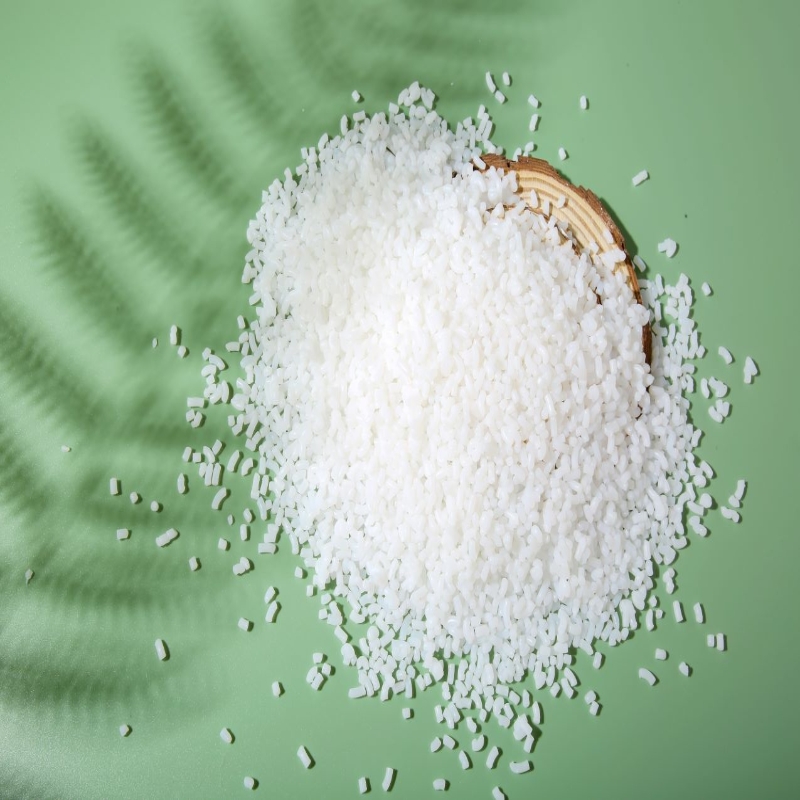-
Categories
-
Pharmaceutical Intermediates
-
Active Pharmaceutical Ingredients
-
Food Additives
- Industrial Coatings
- Agrochemicals
- Dyes and Pigments
- Surfactant
- Flavors and Fragrances
- Chemical Reagents
- Catalyst and Auxiliary
- Natural Products
- Inorganic Chemistry
-
Organic Chemistry
-
Biochemical Engineering
- Analytical Chemistry
-
Cosmetic Ingredient
- Water Treatment Chemical
-
Pharmaceutical Intermediates
Promotion
ECHEMI Mall
Wholesale
Weekly Price
Exhibition
News
-
Trade Service
In the current study, an easy and cost-effective way to manufacture antibacterial and anti-static hydrourethane (WPU)-based coatings has been developed using polyphenyl-copper-zinc oxide (P-Cu-ZnO) tern nanoclutters as multi-functional additives.
reaction to copper acetate and zinc acetate causes copper clusters to be synthesized on ZnO nanoparticles (Cu s. ZnO). Insert the resulting Cu-ZnO nanoparticles into the polyphenylamine (PANI) chain to prepare the P-Cu-ZnO nanoclutter
. FTIR, XRD, UV-Vis and FESEM analyze the structural, crystallological and morphological properties used to characterize synthetic nanoclutters. Compared to the original WPU coating, the addition of P-Cu-ZnO nanoclutters to the WPU substitut not only improves the adhesion strength of the coating, but also enhances its scratch resistance.
Etermic surface resistance
In addition, the resulting nano-hybrids are incorporated into the WPU coating, resulting in a surface resistance of 1.2×10 x 8 sq, so that these coatings obtain the best surface resistance and can be counted as anti-static coatings. In addition, the results of the colony counting test showed that the modified coating could reduce the growth of Staphylococcus acobacteria and E. coli bacteria by about 86% and 74%, respectively.
the study was published in the Journal of Coating Technology and Research, September 2019, volume 16, issue 5, pp. 1411-1422.
.







